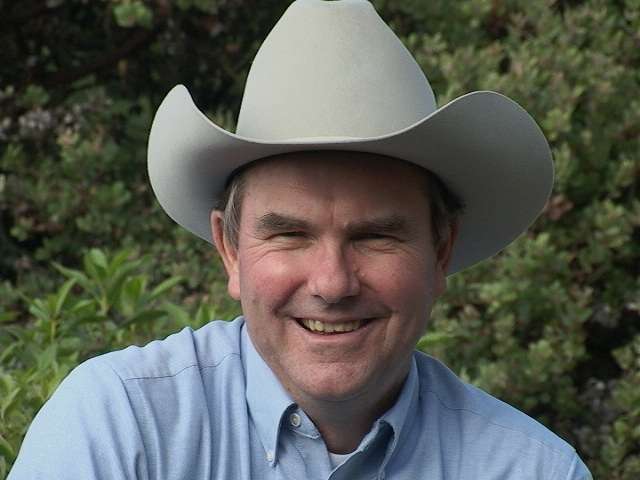I live on the edge of a small town whose only fast food is a Subway. The void has been filled by food trucks. I don’t know if they’ve come to your town yet but every day at lunch time there are at least two food trucks open for business and some days three in my town. These include food trucks named The Greasy Weiner, Hanna’s Street Tacos and La Taqueria. The trucks appear to be doing a land office business judging by the long lines of construction workers and nine-to-fivers on their lunch hour.
One of the good things about a food truck is that if you don’t like your present location you just up and move. I don’t know what’s in it for the people who own the parking lots where the food trucks set up shop but I’m sure they get at least a free taco or two as rental income. The food trucks are so popular that restaurants in the bigger towns are playing catch-up, or is it ketchup, and are copying items invented by the food truck owners. For example, “street tacos” have found their way onto menus at fancy restaurants and my wife really likes them. They are about half the size of a regular taco and they can be made with fish, beef, pork even bison. The one thing I haven’t seen yet are food trucks that specialize in hamburgers and we really need one or two of them.
Whenever I see a food truck it reminds me of the old photos I’ve seen of cowboys gathered around the chuckwagon at a roundup only instead of cowboy hats the construction workers are wearing hard hats and there are no chaps and spurs. Since there is no seating provided the construction workers can be seen sitting uncomfortably on a curb or on their haunches. The advantages of a food truck are it costs about a third of what a restaurant meal would cost and it’s fast, so people on their lunch hour don’t have to worry about clocking in late when their lunch hour is over.
Food trucks really are modern day chuckwagons. Legendary cattleman Charles Goodnight invented the chuckwagon in 1866 when he got an old army wagon with extra durable iron axles and he put a box on the back that served as the cookie’s kitchen. They became so popular that Studebaker, the only company I know of that made the transition from selling wagons to selling cars, sold their version of the chuckwagon for about a hundred bucks. They were called chuckwagons because the grub the cowboys ate was also referred to as chuck. The chuckwagon, which was sometimes also called “the crumb castle” by the cowpokes, was the center of activity during a branding and cowboys “put on the nose bag” and even took an afternoon siesta underneath the chuckwagon because it provided the only shade for miles around.
I don’t know why someone doesn’t launch a “chain” of chuckwagon food trucks that serve hamburgers and other beef items. Instead of a truck the chuckwagon would be a wagon designed to look like chuckwagons of yesteryear, with the addition, of course, of brake lights and turn signals. If one location was bad you could just hook up the chuckwagon to a vehicle and move it to a new location, no horses necessary.
My idea of a chuckwagon food truck could be a great “green” concept that environmentalists should love. Picture in your mind six burley construction workers ordering gigantic beef and bean burritos and chimichangas and then getting in their work truck with all the windows rolled up. In the cab would be an on-board methane digester that would turn the gas produced by the workers into fuel. It would be a totally enclosed enviro system and the gas produced would propel the workers far enough to get to them to the next chuckwagon where they could re-fill on beans again. I can even envision a hybrid version for people who don’t want to eat beans for every meal.
If Elon Musk ever caught wind of my concept I have no doubt that in a matter of weeks we’d have thousands of Tesla Taco Trucks at Tesla charging stations around the country, thus giving an all new meaning to the words “gassing up.”




